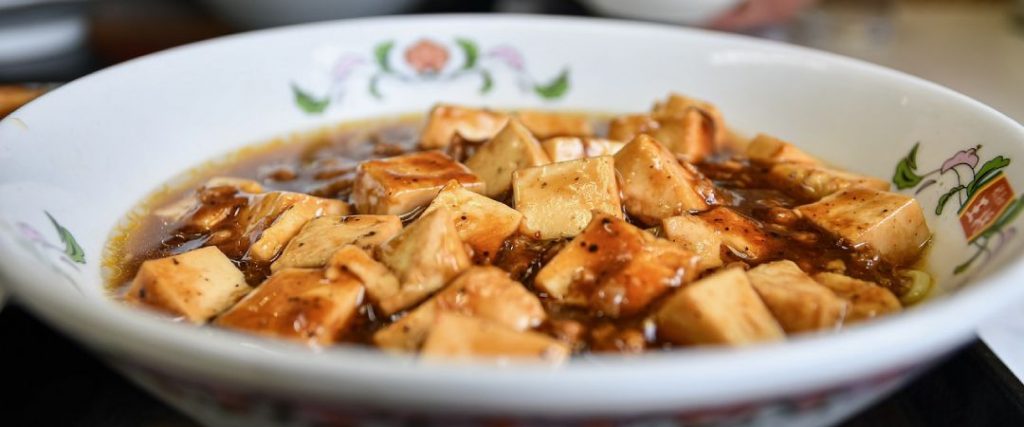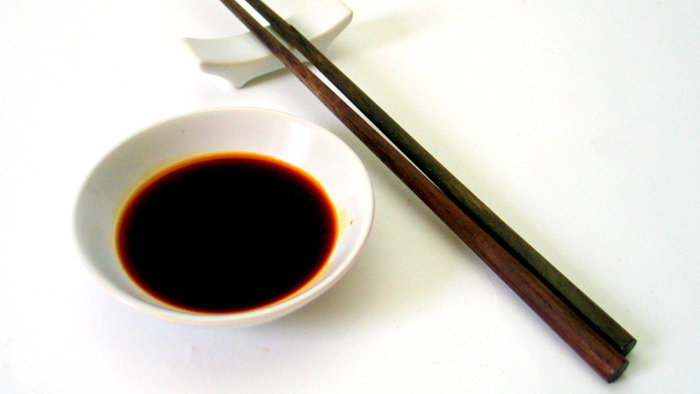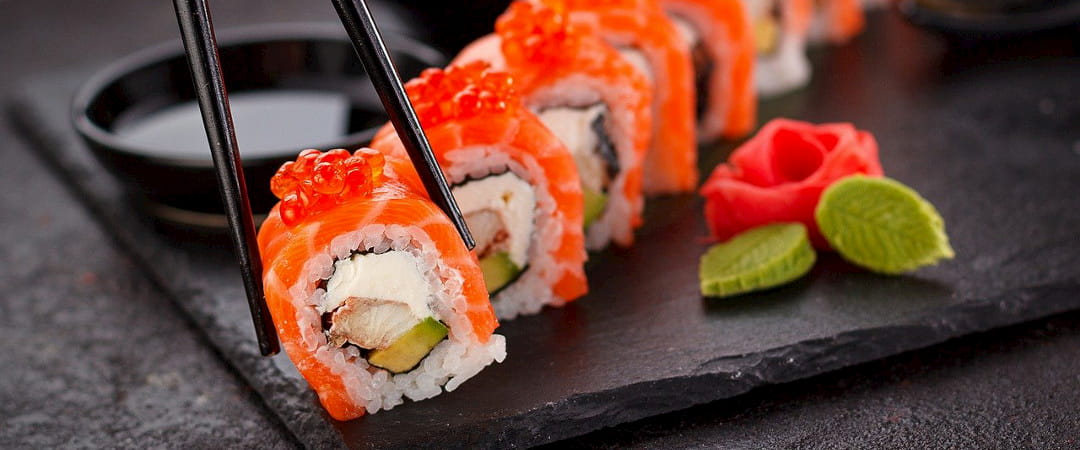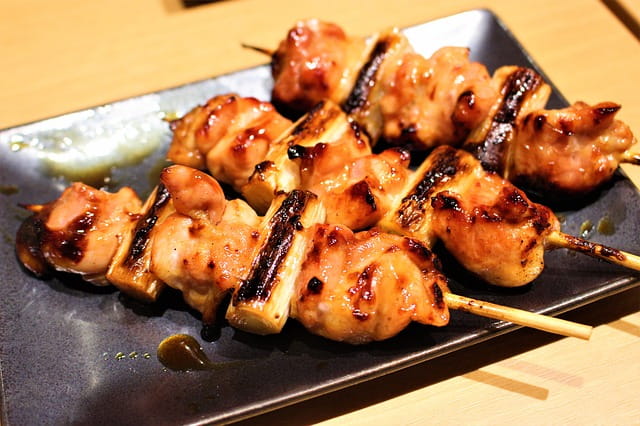Many Japanese ingredients and recipes have been successfully introduced into Western cuisine, such as sushi, sukiyaki and soy sauce. However, Japanese cuisine hides other lesser-known gastronomic treasures, such as furikake, one of the most widely used condiments in the Land of the Rising Sun.
Although its origin is relatively recent, furikake has become one of the staple ingredients of Japanese cuisine, with a number of variations. Furikake is ideal for enhancing the flavour of many dishes, and it is such a versatile seasoning that it can be used in almost any recipe, even if it is not of Japanese origin. Best of all, it’s so easy to make your own homemade mixture.
What is furikake, the seasoning that is sprinkled on the ground
The Japanese word furikake comes from the verb furikakeru, which, translated into English, means to sprinkle. This name perfectly defines the purpose of this dry seasoning, which is sprinkled directly on dishes as a spice, especially on white rice, but also on stews, soups, fish and pasta.
The most widespread variant is made with dehydrated nori seaweed, toasted sesame seeds and dried fish, usually tuna. It also usually contains sugar and salt, so its taste is somewhere between sweet and salty, and its crunchy texture is one of its main characteristics. But it can actually incorporate many other ingredients, such as dried prawns, shiso leaves, roe, miso, green tea, chilli, kombu seaweed and different varieties of fish.
Commercially available furikake variants are also available with flavour enhancers and flavourings, or versions based on a predominant ingredient, as well as regional varieties and even gourmet furikake in luxury packaging for a more discerning audience.
As a dry product with a very concentrated flavour, it is packaged in small packages and is often used as a spice, although there are now variants with a wetter texture, but they have a shorter shelf life. The classic dry-textured furikake can be kept for long periods of time at room temperature, although it is important to remember that they gradually lose their aroma.
Buy furikake online
In our online shop you will find everything you need to enhance the flavour of your dishes with furikake.
[imacPrestashop_productos productos=”5414, 5413, 5415, 2920, 7103, 2918, 2915, 4682″]A brief history of furikake, a brilliant way to combat a lack of calcium
The origin of furikake dates back to the early 20th century (1912-1926) on the southern Japanese island of Kyushu.
At a time when Japan was undergoing a process of social and economic transformation, there was a lack of basic foodstuffs for much of the population. The deficient diet led to a worrying lack of calcium, especially among children.
It was then that the pharmacist Suekichi Yoshimaru came up with the idea of preparing a seasoning to add more nutrients to one of Japan’s staple foods, rice. His idea was to grind dried, whole fish and combine it with roasted seeds and seaweed. In this way, the rice was greatly enriched with calcium, and it was easy for young children to eat, as the seeds and seaweed camouflaged the fishy taste.
Yoshimaru named his seasoning Gohan no Tomo (“friend of rice”) and it soon became very popular among the Japanese population. This “friend of rice” can be considered the true forerunner of today’s furikake.
Uses of furikake in Eastern and Western cuisine
Unlike other more exotic Japanese dishes, furikake fits perfectly into Western cuisine, as it does not require any special knowledge of Japanese culinary culture. It can be thought of as a spice mixture that almost everyone has at home, so it is easy to experiment with its preparation and seasoning.
However, the most traditional use of furikake is as the final seasoning for cooked rice, either on its own or as part of more complete dishes such as poke or chirashisuzhi. In its country of origin, it is also used to sprinkle on rice triangles and rice balls (omusubi or onigiri), pasta dishes, soups, fried or boiled eggs, curries, tofu, grilled fish, etc.
Furikake is best added to hot dishes so that the warm steam enhances the flavour and helps to absorb the ingredients. However, it can also be added to cold dishes for an appetising crunchy texture. For example, in salads of all kinds.
Another good option for those who love its flavour is to use it as an ingredient before preparing a dish. For example, it can be added when beating eggs to prepare an omelette, in the broth of a stew or consommé or in the minced meat mixture for hamburgers, pasta or meatballs, among many other alternatives.
Its use in the United States is becoming increasingly popular and it is now common to season pizzas, French fries, hot dogs and even popcorn with furikake.





